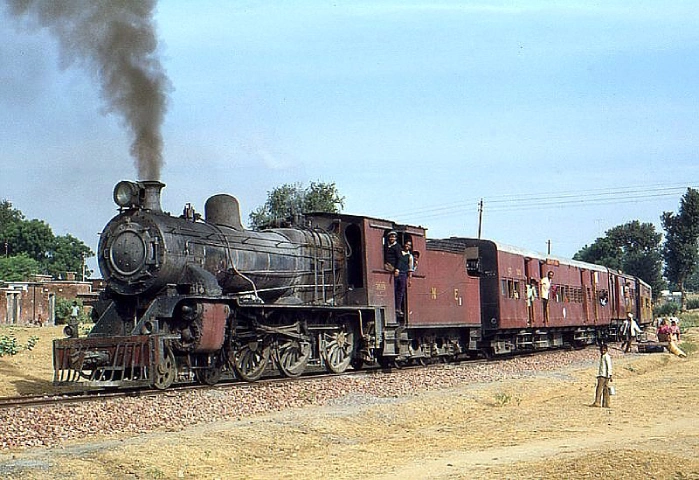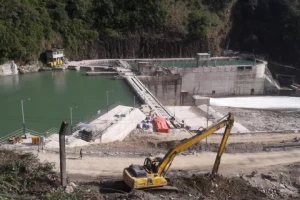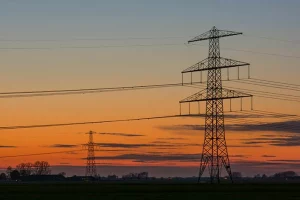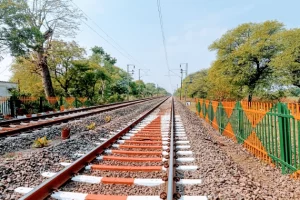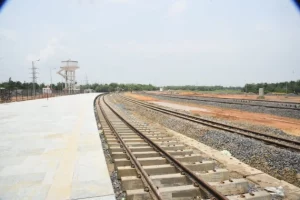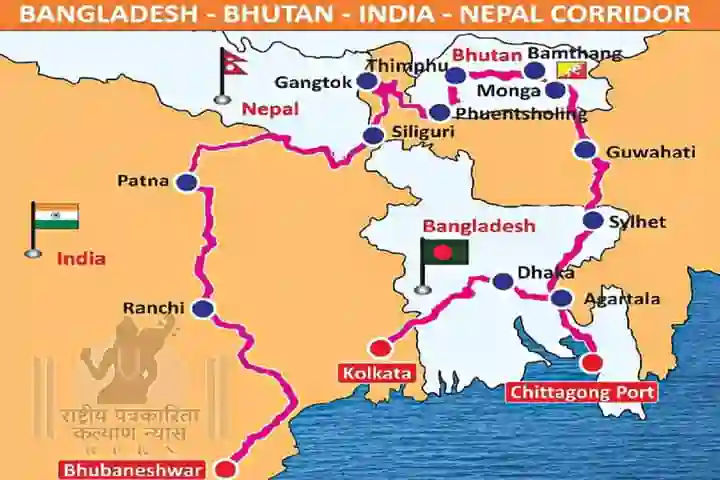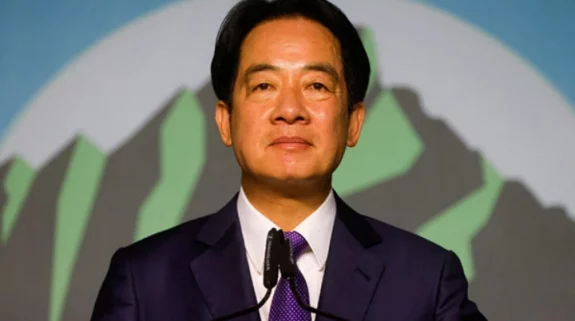Last week, India gifted twenty broad gauge railway locomotives to Bangladesh. These engines meant to boost railway connectivity across Bangladesh, were delivered using the Gede-Darsana route, linking India and Bangladesh.
India had previously provided ten locomotives to its neighbour with which it shares civilisational, ethnic and economic links, in 2020. And only last month, Bangladesh passed a permit, allowing India access to the Chattogram and Mongla ports. These are only the most recent in a long line of initiatives by both the countries to enhance multi-modal connectivity and facilitate trade with each other as well as within the larger BBIN region. This includes projects for energy sharing between the two countries, such as the friendship pipeline to supply diesel from Siliguri in India, to Parbatipur in Bangladesh and agreements facilitating cross-border transport, like the BBIN Motor Vehicles Agreement. The railways in both the countries also form an important part of this effort, as historically, the North-Eastern part of India had been connected to undivided Bengal through the colonial railway network called The Assam-Bengal Railway.
The Assam-Bengal Railway began functioning in 1892. Headquartered in Chittagong (now Chattogram), it was intended to serve the British owned tea plantations in Assam, providing India’s North-East with access to the Bay of Bengal region through the Chittagong Port, which historically has been the largest and most important port for trade and commerce in the region.
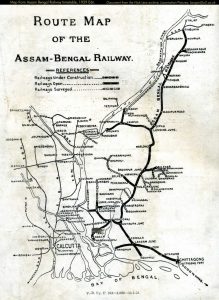
Construction on the East Bengal side began in 1891 and was expanded on till 1903. The link extended from Chittagong in Bangladesh to Tinsukia, a district in East Assam, important for its tea gardens and oil refineries. Digboi in Tinsukia district is the site of the oldest refinery in India. Railway connectivity helped turn it into an industrial hub in the 19th century and it remains, till date, a thriving commercial centre. The other stations in the route included Comilla, Akhaura and Kulaura, now in Bangladesh, and Badarpur, Lumding, Guwahati and Tinsukia (including Dibrugarh) in Assam, India.
The Indian government, in collaboration with the Bangladeshi government has in the past decade have started prioritising the restoration of several pre-partition railway routes to open up a cheaper and faster way to connect the North-Eastern states to mainland India via Bangladesh, expand bilateral trade and generate revenue for the Bangladeshi side.
There are currently five railway linkages between India and Bangladesh, namely, Petrapole-Benapole, Gede-Darsana, Singhabad-Rohanpur, Radhikapur-Birol and the recently resuscitated Chilahati-Haldibari, which had stopped operations after the 1965 India-Pakistan war. Apart from these, there are four other lines that are historically significant but had become defunct at some point after the partition and work is ongoing to restore most of them.
In order to enhance railway connectivity between India and Bangladesh, 10 broad gauge locos were handed over to Bangladesh in July 2020. The train container and parcel services that started in July 2020 has till now carried over 2.43 million tons of cargo. pic.twitter.com/GnVLTzzyBn
— Arindam Bagchi (@MEAIndia) March 10, 2021
Changrabandha (West Bengal)-Burimari: This is commercially a very important line as it connects West Bengal to the Burimari land port in Bangladesh. There is a lot of local interest in it being restored as it has the potential to turn Changrabandha into a major trading point for India, Bangladesh as well as Bhutan by enhancing import-export operations via the Burimari port.
Mahishashan (Assam)-Shahbazpur: This line, originally a part of the erstwhile Chattogram-Lumding route, is being restored by both the countries, to enhance bilateral trade as well as connectivity between Karimganj in Assam and Sylhet in Bangladesh. Karimganj district is located in South Assam and is an integral part of the Barak Valley which was a part of undivided Sylhet before partition. It is a largely overlooked part of Assam and consequently, has seen little infrastructural development. The resuscitation of this line is crucial for the development of this area as it would generate increased trade and employment opportunities in the area. During the colonial period, it also connected India to Myanmar through the Moreh (Manipur)-Tamu border and if successfully restored, it could become a part of the Trans-Asian Railway Network.
This is the first railway station in Assam through which Assam Bengal Railway first came into Assam from the Bengal side when the track between Chittagong and Comilla was opened to traffic in 1895. It is in Karimganj district, Assam, on the Bangladesh border. #IndianRailways pic.twitter.com/bOXIgdIX1u
— Ananth Rupanagudi (@Ananth_IRAS) July 10, 2022
Agartala (Tripura)-Akhaura: The restoration of this route is underway and is expected to be completed later this year. The restored route is 15 km long and would connect Tripura to Akhaura in Bangladesh through an international immigration station at Nischintapur. It would also connect Sabroom, in the southern part of Tripura to the Chattogram Port in Bangladesh, giving a major boost to economic development in the state.
Once landlocked, Tripura is now scaling new heights in rail connectivity following HIRA model of Hon’ble PM Aadarniya Shri @narendramodi Ji.
The state is now getting ready to have international rail link with Bangladesh, with the Agartala- Akhaura project is nearing completion. pic.twitter.com/0rwfYgWwPd
— Prof.(Dr.) Manik Saha (@DrManikSaha2) March 29, 2023
Santirbazar (Tripura)-Feni: In the pre-partition times, this rail line connected Belonia in south Tripura to Chattogram and Dhaka via Feni. India is now restoring this line, opening Tripura up to the deep sea port at Cox’s Bazar, integral to India and Japan’s Indo-Pacific agenda.
Greater connectivity with Bangladesh is crucial for India under its ‘Neighbourhood First’ policy. Additionally, Bangladesh’s cooperation is crucial for the development of the North-East, as it provides a better and faster alternative to the strategically vulnerable Siliguri corridor to connect the north-eastern states with the Indian mainland. Infrastructural development of the North-East, with a view to enhance its connectivity, through road, rail, air and waterways with the rest of India, as well as the larger BBIN region and South-East Asia has been a priority for India for some time. Due to its proximity and cultural and ethnic ties with South-East Asian countries, the north-eastern states have the potential of acting as the gateway to South-East Asia. Which is why these states are at the very centre of India’s ‘Act East’ policy, that is a blueprint for outreach to South-East Asia and the larger Indo-Pacific.
Also Read: Will BBIN knit India’s northeast with a South Asian railway network?






